We may earn money or products from the companies mentioned in this post. This means if you click on the link and purchase the item, I will receive a small commission at no extra cost to you ... you're just helping re-supply our family's travel fund.
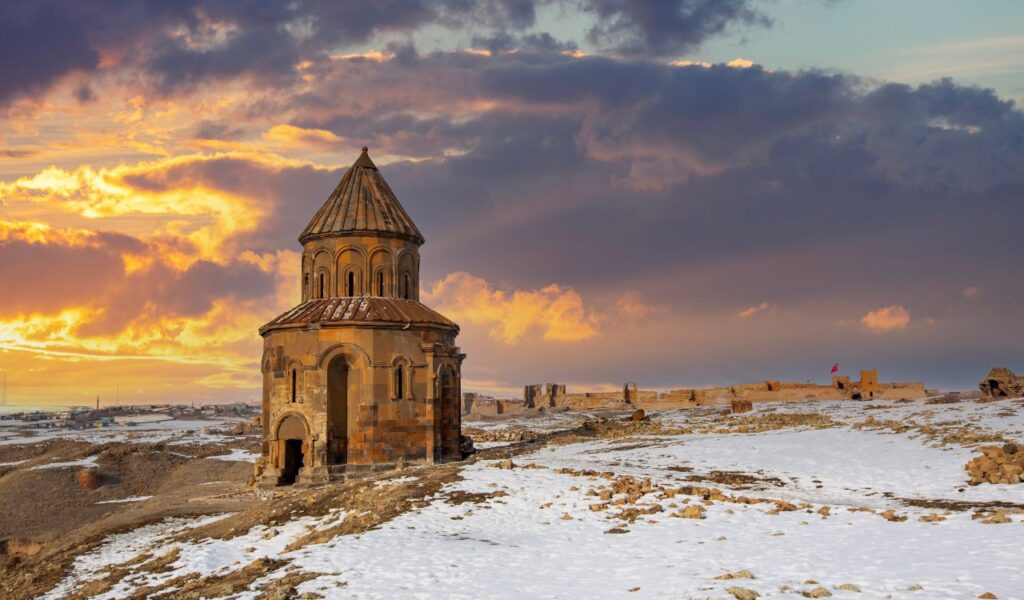
The Silk Road was more than a trade route. It connected cultures, ideas, and civilizations across continents. Its cities were crossroads of art, religion, and commerce, many still thriving today. Walking through them is like stepping into a living museum, where caravans once passed and centuries of history linger in streets, bazaars, and monuments.
Xi’an, China
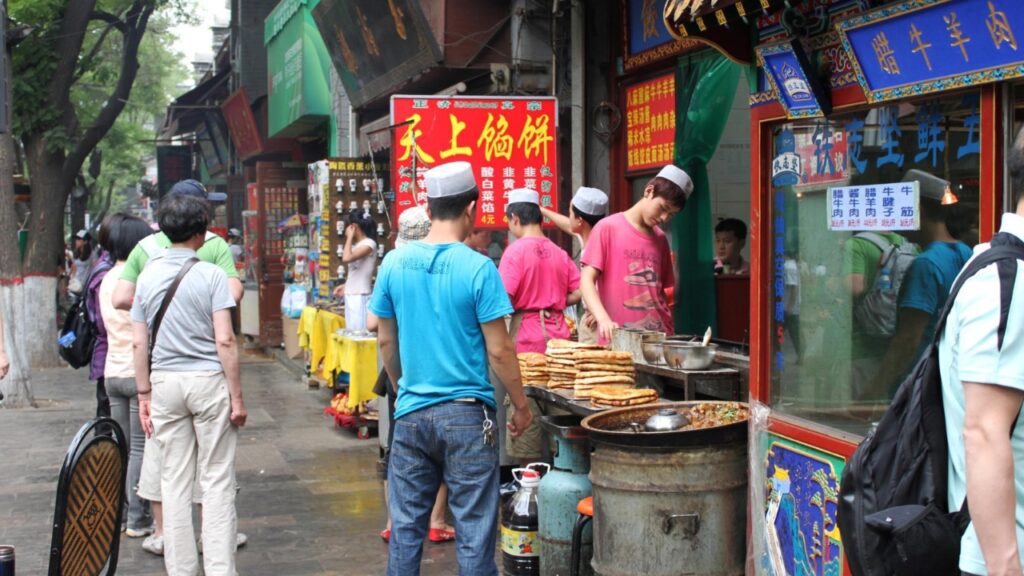
Xi’an, historically Chang’an, was a principal eastern hub for Silk Road caravans. Merchants loaded silk, porcelain, and spices here for western journeys. Today, the Terracotta Warriors, ancient city walls, and the lively Muslim Quarter reflect a city shaped by commerce, culture, and empire. Xi’an offers a window into the multicultural energy that defined the early Silk Road.
Taraz, Kazakhstan
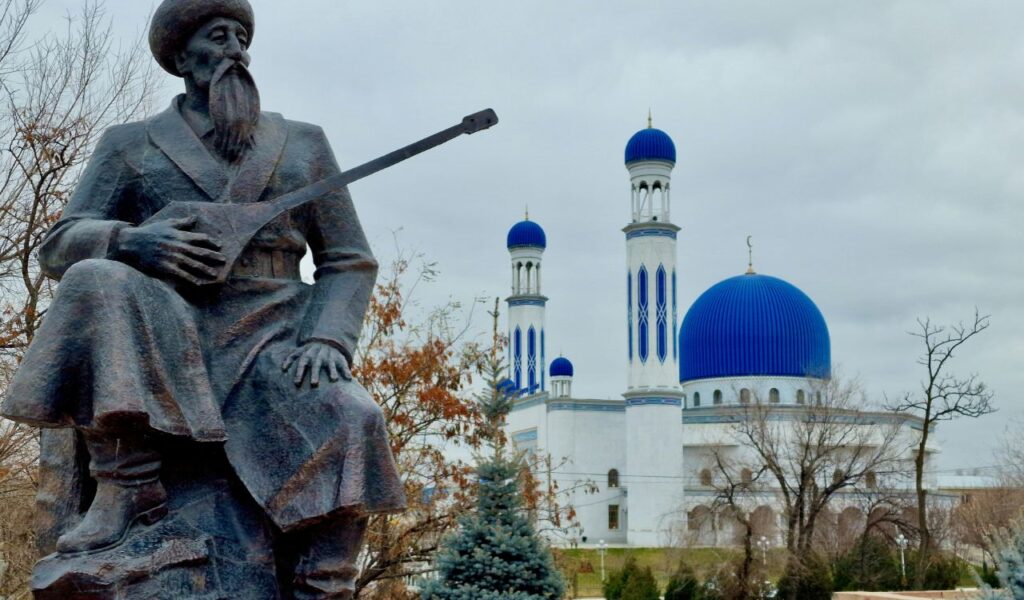
Taraz, historically Talas, was a key overland Silk Road city connecting China, Central Asia, and the steppe. Caravanserais and marketplaces once flourished here. Today, remnants of mausoleums and fortifications hint at its vibrant past. Taraz showcases Central Asia’s historical trade networks and the cultural exchange that flowed through this corridor for centuries.
Turkistan, Kazakhstan
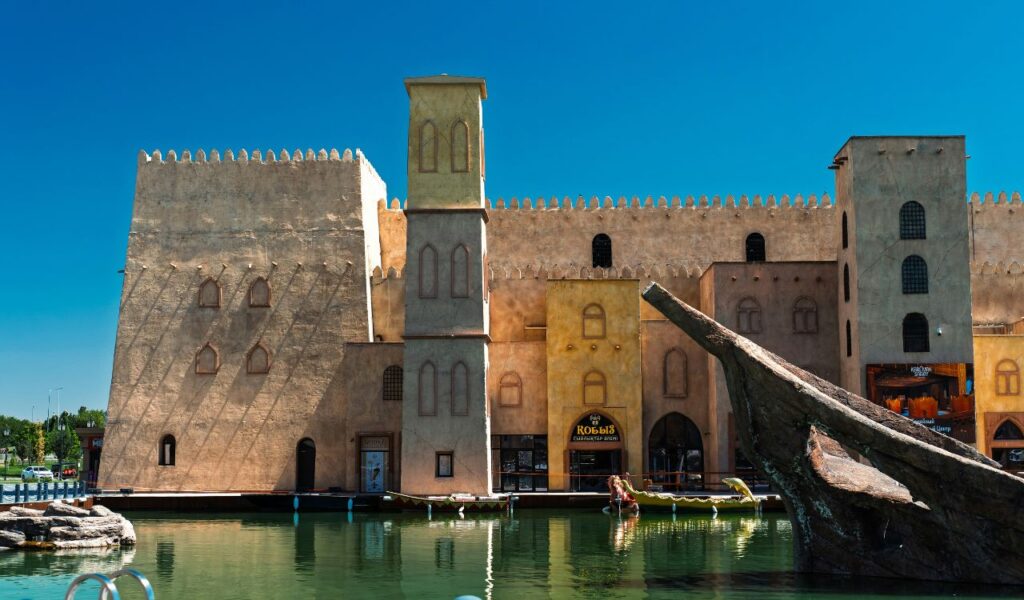
Turkistan was a spiritual center anchored by the 14th-century Mausoleum of Khoja Ahmed Yasawi. While less commercial than Samarkand or Bukhara, it thrived along steppe trade routes and hosted scholars and pilgrims. The city’s architecture and historic sites reflect centuries of cultural and religious significance, making it a living testament to Central Asian Silk Road heritage.
Tashkent, Uzbekistan
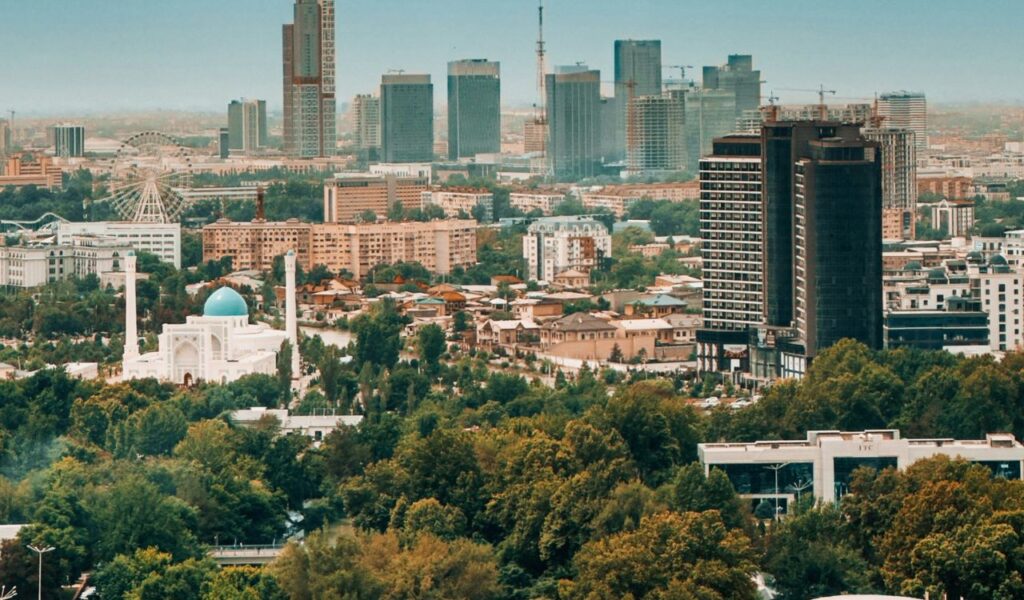
Tashkent was a regional hub connecting routes from Ferghana, Samarkand, and the steppe. Its bazaars facilitated trade, while mosques and traditional neighborhoods preserve its heritage. Although earthquakes and modernization have altered its medieval fabric, Tashkent remains a key waypoint that illustrates how Silk Road cities served as centers of commerce, culture, and social exchange across centuries.
Samarkand, Uzbekistan
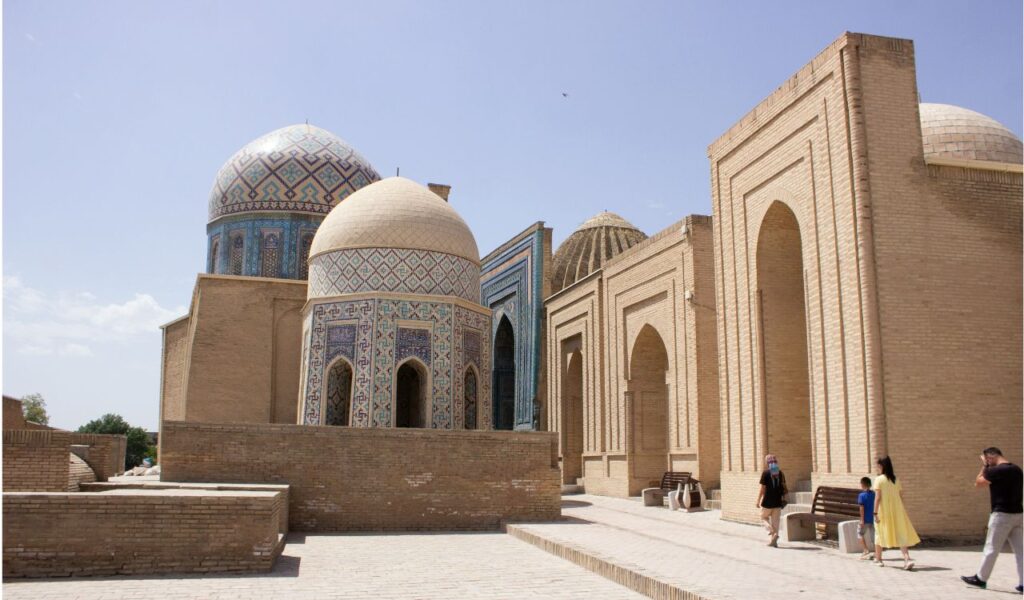
Samarkand was a jewel of the Silk Road, famed for Registan Square and Timurid architecture. Scholars, artisans, and traders from across Eurasia converged here. Its madrasahs, mosques, and markets highlight a city where culture, learning, and craft flourished. Today, Samarkand preserves that history, offering visitors a glimpse into the grandeur and connectivity of the Silk Road at its peak.
Bukhara, Uzbekistan
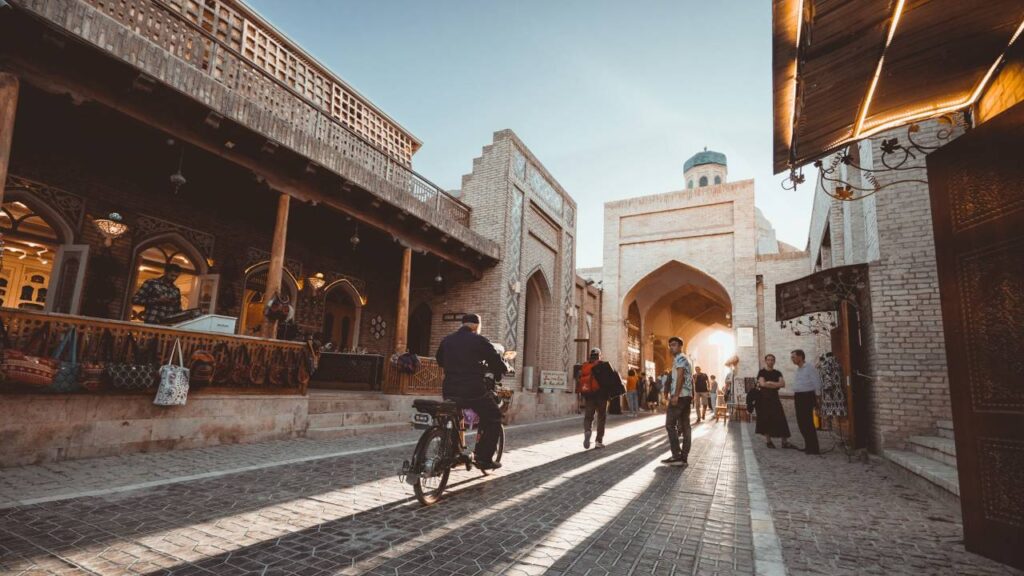
Bukhara was a major Silk Road trading center with mosques, madrasahs, and caravanserais. The Kalyan Minaret stands as a landmark of its historical prominence. Streets and markets reflect centuries of commerce and learning. Visitors walking through Bukhara experience the vibrant cultural crossroads that made the city a hub for merchants, scholars, and travelers along the overland Silk Road.
Khiva, Uzbekistan
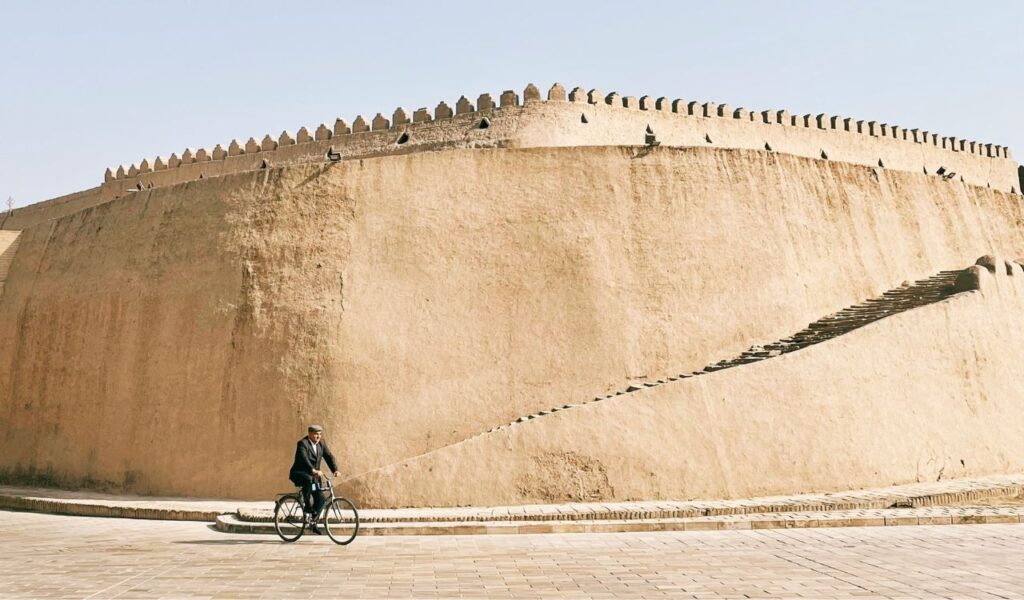
Khiva’s walled old town, Itchan Kala, preserves urban architecture from Silk Road times. Minarets, madrasahs, and caravanserais reflect its historic role as a trade stop. The narrow streets evoke the journeys of merchants and caravans crossing Central Asia. Khiva also offers a glimpse of the complex social history of the region, including its role in trade and the broader cultural networks of the Silk Road.
Damascus, Syria
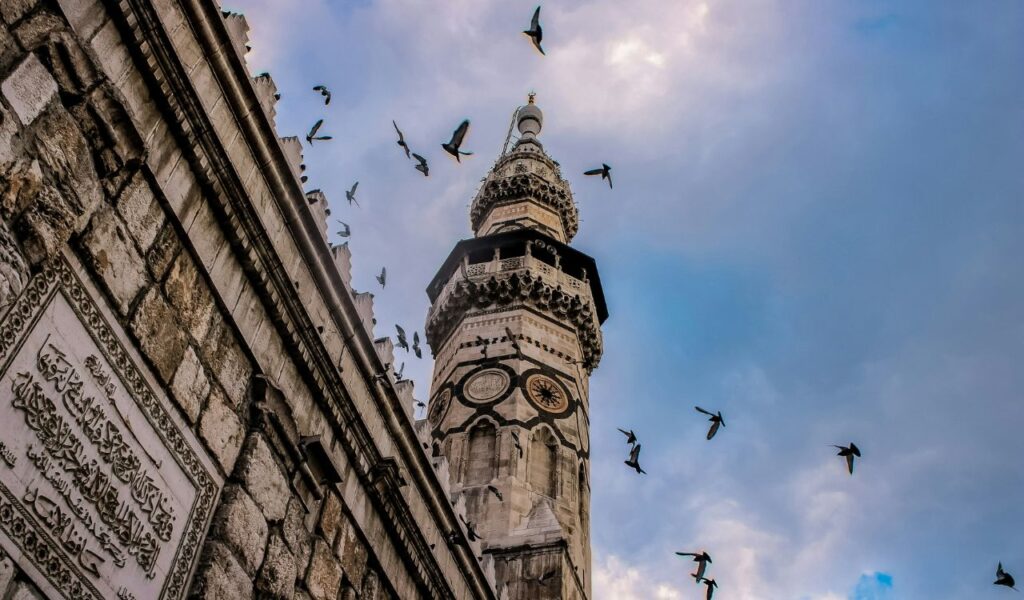
Damascus, one of the world’s oldest inhabited cities, linked overland routes with Mediterranean and Arabian networks. Traders brought silk, spices, and stories, while markets and mosques became centers of cultural exchange. The Umayyad Mosque and historic streets reflect its enduring role. Today, Damascus illustrates how the Levant served as a bridge between East and West on the Silk Road.
Merv, Turkmenistan
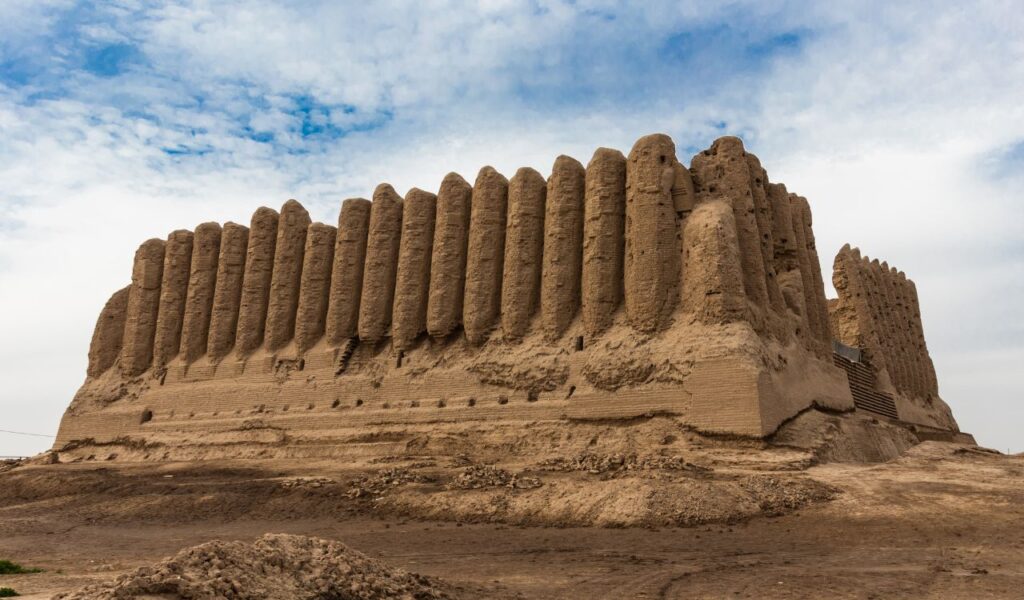
Merv was a key overland Silk Road city in the Karakum region, connecting Central Asia with Persia. Caravanserais, mausoleums, and city walls hint at its historical importance. Scholars and merchants once thrived here, making it a hub for learning, trade, and culture. Today, Merv’s ruins preserve the legacy of a city that shaped the flow of goods and ideas across Eurasia.
Antioch (Antakya), Turkey
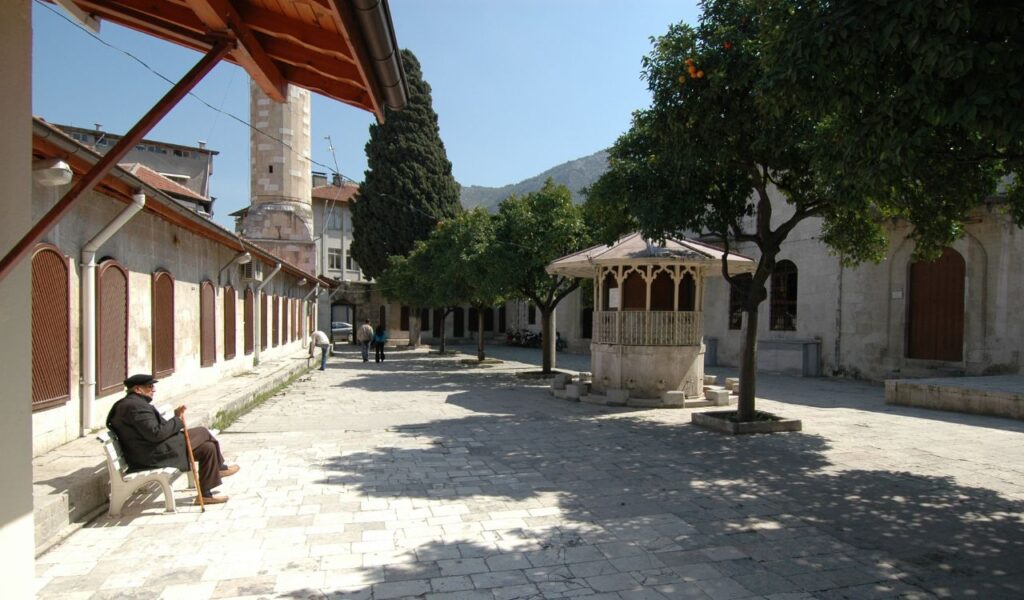
Antioch connected inland trade routes with Mediterranean ports. Its markets and mosaics reflect a cosmopolitan past during Hellenistic, Roman, and Byzantine times. While modern earthquakes and conflict have affected the city, its historic significance as a conduit for trade and cultural exchange along the Silk Road endures, illustrating the blend of East and West in ancient commerce networks.
Istanbul, Turkey
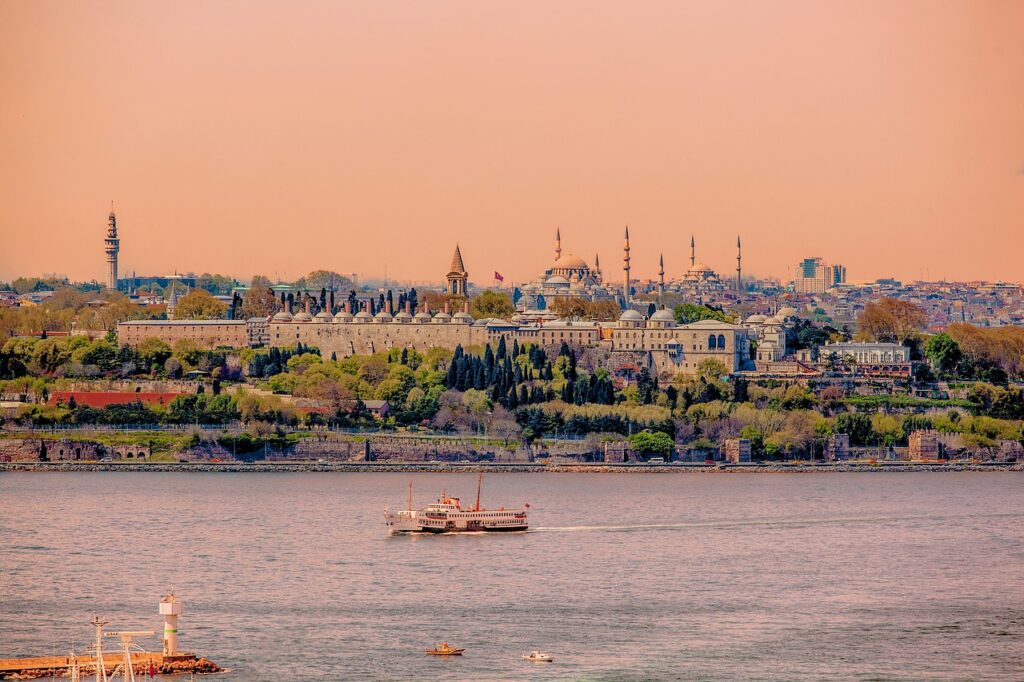
Istanbul, formerly Constantinople, was a principal western gateway for Silk Road goods entering Europe. Its bazaars, mosques, and palaces reflect centuries of trade, diplomacy, and culture. Situated between Asia and Europe, the city illustrates the flow of goods, ideas, and people that made the Silk Road a global network. Today, Istanbul still embodies centuries of commerce and cultural connectivity.
Venice, Italy

Venice was a major terminus of the maritime Silk Roads, where luxury goods from the East arrived via the Levant. Canals, markets, and architecture still show Eastern influence, reflecting centuries of trade. Venetian merchants, including Marco Polo, helped bridge continents. Walking through Venice, visitors sense how maritime routes extended Silk Road trade into Europe, leaving a lasting legacy on art and commerce.